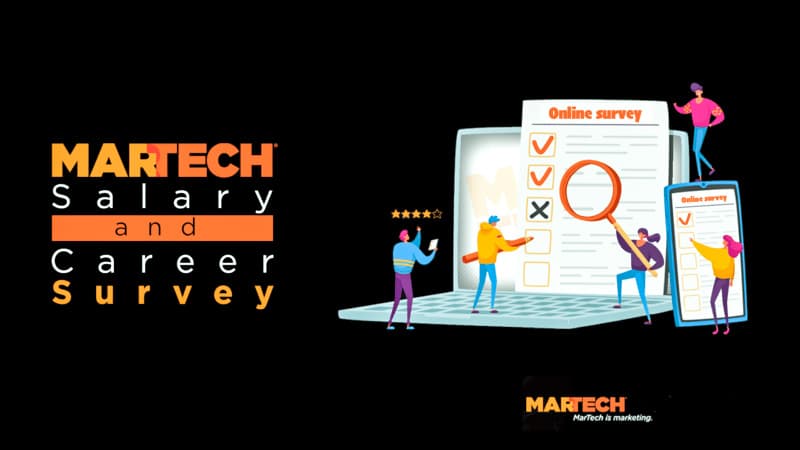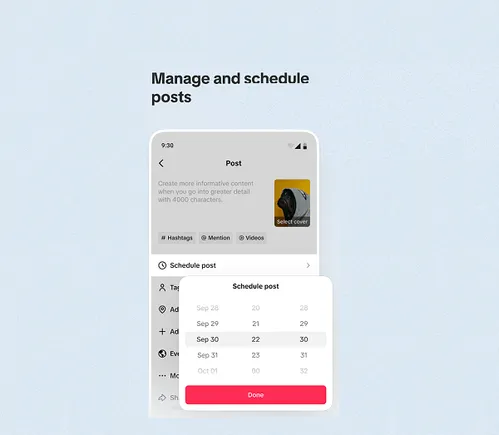Successful digital events require careful planning. That means getting a strategy, agenda and team in place to deliver a compelling experience to attendees.
“You always want happy and engaged attendees who are not only learning through sessions or connecting with each other but are also learning, connecting with your business or brand, and are deepening their relationship with your organization,” said event strategist, event management and logistics leader, consultant Marsha Maxwell, in a session at The MarTech Conference.
Here are four key steps in planning for your digital event.
Defining a strategy
The digital event strategy should include goals and objectives for both your business and the audience.
“How are we going to build the right event and how do we measure success?” Maxwell asked.
Objectives should be aligned with the digital event experience. Every action participants take should have a purpose. This means comprehensive planning of the event, as well as post-event analysis to measure success.
The event’s content and messages should match the target audience to make sure attendees are engaged. Define specific measurable outcomes, which can include brand awareness, lead generation, peer networking and education.
To measure these outcomes, use post-event surveys, session surveys or even live focus groups and feedback sessions.
“If you can’t measure the event, then you should question why you’re having it,” said Maxwell.
Dig deeper: What is a digital events platform and how can it help you?

Take Martech’s 2024 Salary and Career Survey
From AI to layoffs, it’s been quite a year. We’d like to know how it’s been for you. Please take this short survey so we can have your input on the state of martech salaries and careers.
Orchestrate a user-friendly experience
An experience with an organized agenda will make or break a digital event.
“You have to balance audience preferences and include breaks when building an event agenda framework,” said Maxwell.
An organized agenda includes the sequence of sessions, breaks and other activities that keep the audience engaged. Make sure these activities cover all the personas expected to attend the event. And make sure that there aren’t multiple activities going on at once that cater to a single persona. Spread out the schedule so that attendees aren’t faced with confusing scheduling conflicts.
Include breaks between sessions — 10 to 15 minutes — allowing attendees to grab a coffee while speakers and event staff prep for the next session. And when making the agenda, also consider what time zones your attendees are in so they don’t miss important sessions at early or late hours.
“Timing is crucial in digital events, especially due to global accessibility,” said “[Factor in] attendee schedules and attention spans in digital events. Precise timing enhances accessibility, attendance and overall event experience.”
Assemble an event support team
In order to pull off the event, make sure you have a support team who can help manage the experience for your attendees.
If your business doesn’t have specific roles for event management and support, make sure you recruit these team members from around the organization.
You’ll need IT or marketing operations to manage technical issues, as well as marketers to help moderate discussions. You should also have a social media manager on hand to share highlights of the event over social platforms.
After the event, you should also have team members who can perform analytics and draw insights from event data.
“Having a team in place will help ease your mind as you execute the event,” said Maxwell.
Provide a safe and productive environment
Protect your attendees’ rights by addressing data privacy, copyright and accessibility liability. A secure and compliant environment should be maintained for all parties involved.
“Having legal terms and conditions and guidelines for digital events establishes a clear framework for what your guests are entering into and how they engage,” Maxwell said.
Let your attendees know that your business is creating a safe experience for everybody. Create and share a code of conduct, and make clear that you’ll kick attendees out if they don’t follow the code.
Make sure that any copyrighted video content complies with copyright law and is licensed. Also, include a speaker release form so that you can utilize content post-event.
By taking these four steps, your digital event is well on its way to creating a meaningful experience for your audience.
“Utilizing the entire event design helps deliver compelling stories that connect your attendees to your messages, creates memorable experiences and drives engagement and comprehension in a remote digital setting,” Maxwell said.
The post 4 keys to digital events planning appeared first on MarTech.























































![5 Ways to Improve Your LinkedIn Marketing Efforts in 2025 [Infographic] 5 Ways to Improve Your LinkedIn Marketing Efforts in 2025 [Infographic]](https://imgproxy.divecdn.com/Hv-m77iIkXSAtB3IEwA3XAuouMwkZApIeDGDnLy5Yhs/g:ce/rs:fit:770:435/Z3M6Ly9kaXZlc2l0ZS1zdG9yYWdlL2RpdmVpbWFnZS9saW5rZWRpbl9zdHJhdGVneV9pbmZvMi5wbmc=.webp)















